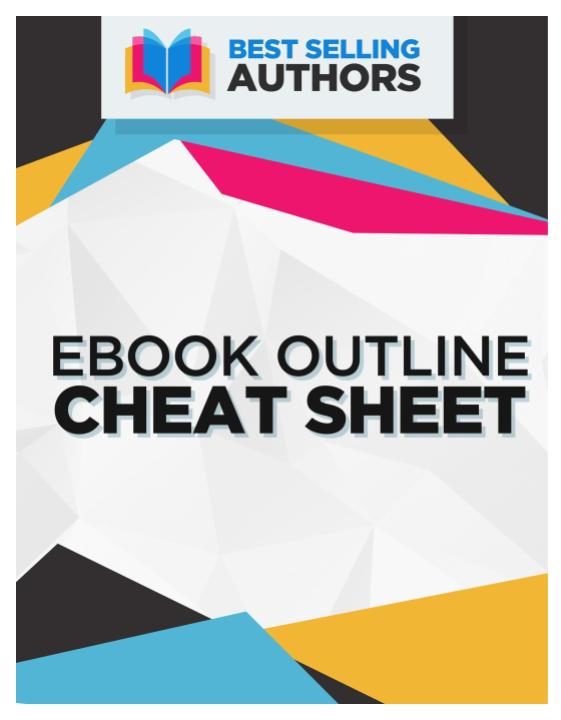A meter-wide whiteboard hangs on my living room wall. Two markers – one black, one red – clip inside a magnetic holder that doubles as an eraser. I use the black marker to log daily objectives, the red to swoop a tick when I finish something. Once each black entry gets a red tick, I glide the eraser over everything and restore it to factory settings – pristine white.
I do this for two reasons: One, I work from home, so the space also acts as an office. And two: because a whiteboard is an indispensable tool for writers.
As writers, the digital era hand-holds us through much of what we do. We have word processors for the words: typing, editing, deleting, and refining. And we have the calendar apps as sentries: imploring and reminding as they do in their infinite wisdom, pinging alerts and alarms precisely as instructed. All the bits of code then, all the ones and zeros we rely on to create our articles and nudge us into action.
With this in mind, a whiteboard might seem old-fashioned. But using whiteboards – or jotters and copybooks – is much more than a wistful glance back to simpler times, because the physical act of writing serves an important function, one which takes place in the most significant computer of all – the brain.
The Generation Effect
You see, a couple of important things happen when we write things down: Storage and encoding. Storage is a self-evident benefit: If we write something down on a whiteboard, it’s there until we remove it. An idea can skip across the brain and fizzle without a trace, but an idea preserved in ink on a massive whiteboard is unavoidable.
Encoding is different. Encoding takes place in a region of the brain called the hippocampus, a place where the things we perceive are either stored to long-term memory or rejected. It turns out that writing improves this encoding process, in what’s known as the ‘generation effect.’
Meta-analyses – the study of studies – confirms this. And while the neurobiological details are beyond the scope of this article – and the writer’s comprehension – we can say it’s a scientific fact that writing things down helps us to achieve goals.
What to Write
We need to decide what to write, now we have scientific approval. Well, we could take our cue from this burgeoning tech firm. The guys over at Google implemented a stripped-down system known as Objectives and Key Results (OKR). Basically, we start with an Objective: ‘I want to lose weight’, and list Key Results to measure our progress: ‘I will do weights on Monday, Wednesday, Friday, and cardio on Thursday and Saturday for two months.’ The Key Results are the steps we take to reach the top of Mount Objective.
Having a few key items as opposed to an essay’s worth behooves us, even if we don’t use this method precisely. There’s a temptation to overextend and overcommit. ‘Think of all the things we can get done,’ our brains say. Sure, we might have a whiteboard and an eagerness to fill it, but there are still only 24 hours in a day at last checking.
However, by boiling our options down to the most important tasks we reduce the risk of misapplying ourselves, of feeling deflated when we inevitably fail to get a full house of red ticks.
For example, here is what today’s entry on my whiteboard looks like:
Write two of six articles
Wash whites
Get electricity
Skip for 30 minutes
That’s just four things. Of course, I do other things that aren’t on the whiteboard, but these four things represent my priorities; they’re what comes above all else today.
The whiteboard keeps us focused and acts as a leash. It lassoes a brain that would like to unspool and have us reading a book while checking Twitter, sipping tea, listening to the news, looking out our windows. Appealing, but not practical.
So your task for today is simple: Get a whiteboard.
And once you do, you can give yourself a red tick.
Sources:
https://www.people.vcu.edu/~mamcdani/Publications/Bertsch%20et%20al.%202007.pdf
https://medium.com/the-crossover-cast/the-simple-yet-radical-change-to-the-to-do-list-2bb8ba51fa02


